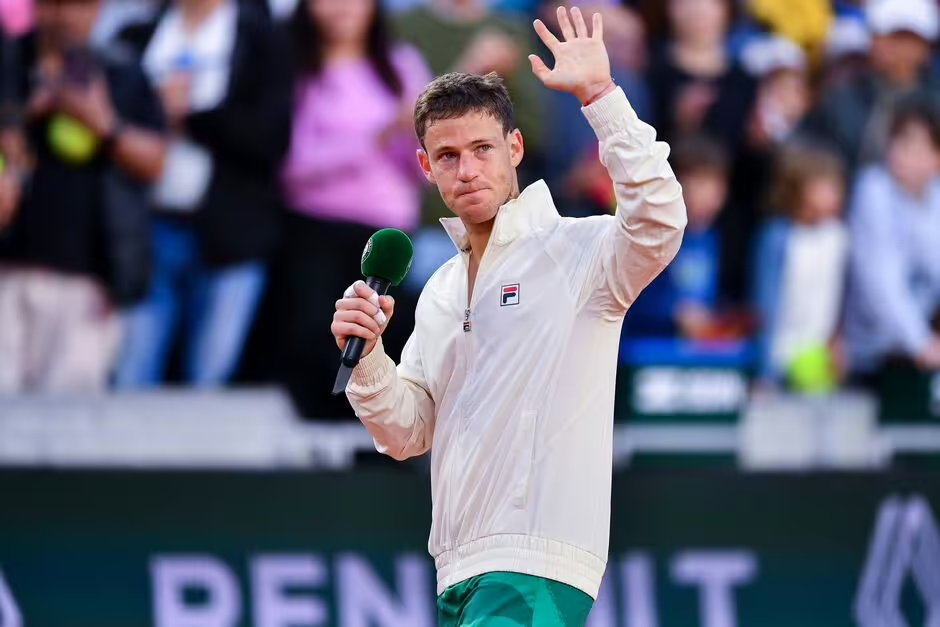In a candid revelation that has sent shockwaves through the tennis community, former World No. 8 Gianluigi Quinzi has disclosed that external pressures, particularly from his personal relationships, played a significant role in his decision to retire prematurely from professional tennis.
Quinzi, who once achieved a career-high ATP ranking of 142 and famously defeated Rafael Nadal in a 2014 exhibition match, announced his retirement in July 2021 at the age of 25. At the time, the Italian cited the immense stress and high expectations associated with professional tennis as primary factors for his departure from the sport. However, recent statements have unveiled a more personal dimension to his decision.
According to sources close to Quinzi, his then-girlfriend exerted considerable pressure on him to step away from the sport. This influence, combined with the already demanding nature of a professional tennis career, led Quinzi to conclude that retirement was his best option.
Quinzi’s early promise was evident when he clinched the Wimbledon junior title in 2013, signaling the emergence of a potential future star for Italian tennis. Despite this auspicious beginning, his transition to the senior circuit was fraught with challenges. Persistent injuries and the relentless mental demands of the sport hindered his progress, preventing him from fully realizing the potential that many had anticipated.
In a 2021 interview, Quinzi remarked, “Playing had become a suffering,” highlighting the profound mental and emotional toll his career had taken on him. This sentiment underscores the multifaceted pressures athletes often face, encompassing not only the physical rigors of competition but also the psychological strains and external expectations from personal relationships.
Quinzi’s revelation brings to light the complex interplay between personal relationships and professional commitments in the world of elite sports. It serves as a poignant reminder of the myriad factors that can influence an athlete’s career trajectory, extending beyond the public’s typical focus on performance metrics and rankings.

In the broader context of tennis, Quinzi’s story is not isolated. Several players have stepped away from the sport prematurely due to various pressures. For instance, former World No. 1 Ana Ivanovic retired at 29, citing physical limitations and a desire to pursue other life goals. Similarly, Estonia’s Anett Kontaveit announced her retirement at 27 due to a chronic back injury, emphasizing the physical and mental challenges inherent in professional tennis.
These narratives underscore the importance of comprehensive support systems for athletes, addressing not only their physical conditioning but also their mental and emotional well-being. As the demands of professional sports continue to intensify, fostering an environment that prioritizes holistic health is paramount.
Gianluigi Quinzi’s journey serves as a compelling case study in the intricate balance athletes must maintain between personal relationships and professional aspirations. His experience highlights the necessity for open dialogues about the diverse pressures faced by sports professionals and the critical need for resources to support them in navigating these challenges.
As the tennis community reflects on Quinzi’s story, it becomes evident that the path to success in professional sports is seldom linear. Athletes must contend with a confluence of factors, both internal and external, that influence their careers. Recognizing and addressing these complexities is essential in fostering a more understanding and supportive environment for current and future generations of athletes.
Leave a Reply